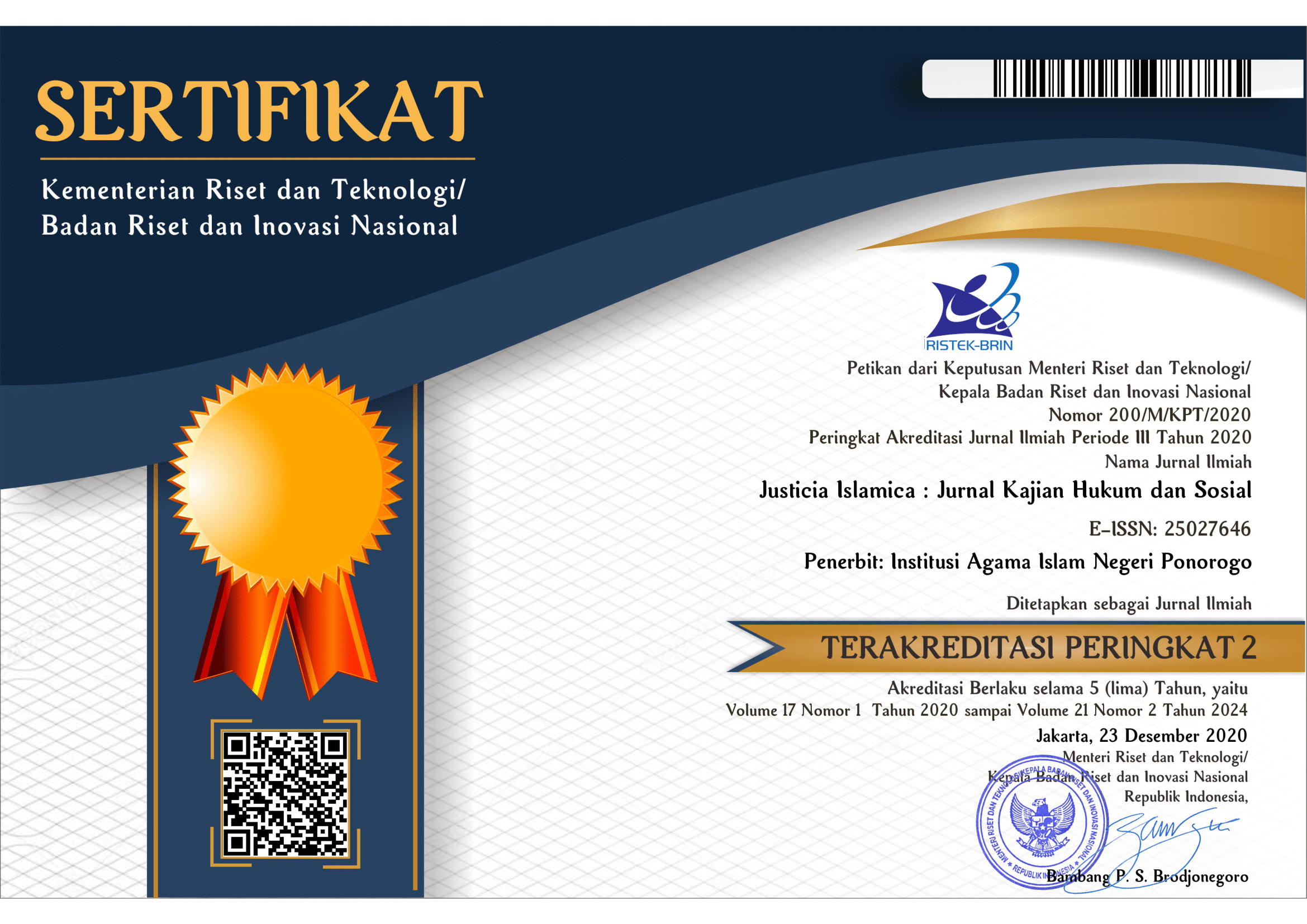Genealogi Fiqih Shafi'iyyah Dalam Tradisi Matan, Sharah dan Hasiyah
Keywords:
matan; scholarly genealogy; classical Islamic traditionAbstract
This study aims to trace the genealogy of Shafi'i fiqh through the tradition of writing matan, sharah, and hasyiah as a form of transmission and development of fiqh knowledge. The method used is qualitative with a historical-hermeneutic approach, through the study of classical literature and philological studies of the main works in the Shafi'i school. The results of the study show that the matan tradition plays a role as the core of the teachings, sharah as a conceptual explanation, and hasyiah as a critical note or commentary on the explanation. These three forms form a complex and dynamic scientific network, reflecting the dialectical process of thought and the continuity of scientific authority in the Shafi'i school. This research emphasizes that the tradition of fiqh literacy is an important methodological legacy in understanding the structure, flexibility, and continuity of the Shafi'i school of thought until the contemporary era.
References
.
Downloads
Published
Issue
Section
License

This work is licensed under a Creative Commons Attribution-ShareAlike 4.0 International License.
Requirements to be met by the author as follows:
- Author storing copyright and grant the journal right of first publication manuscripts simultaneously with licensed under the CC BY-SA allows others to share the work with a statement of the work's authorship and initial publication in this journal.
Authors can enter into the preparation of additional contractual separately for the non-exclusive distribution of a decadent version of the journal issue (e.g., post it to an institutional repository or publish it in a book), with the recognition of initial publication in this journal.
Authors are allowed and encouraged to post their work online (e.g., in institutional repositories or on their website) before and during the submission process because it can lead to productive exchanges and citations earlier and more severe than published works. (see The Effect of Open Access).
This work is licensed under CC BY-SA.


















